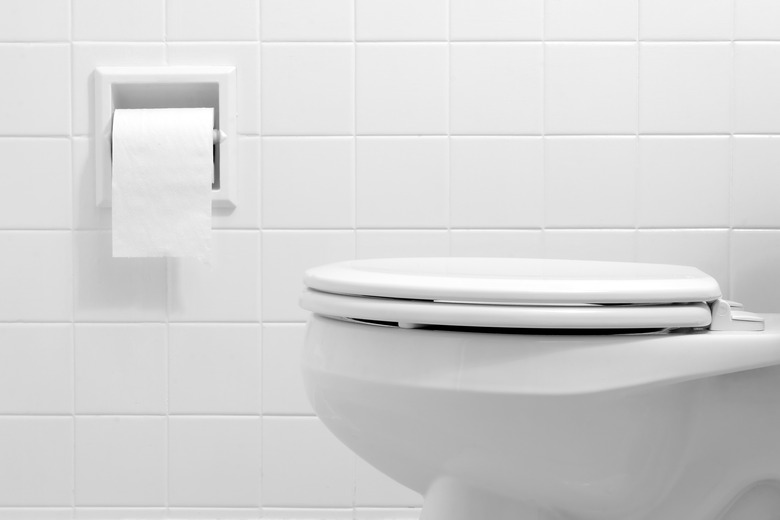Aerobic Vs. Anaerobic Septic System
We may receive a commission on purchases made from links.
On-site septic systems are the common form of wastewater treatment in rural and suburban areas where homes are not connected to a central sewer system. Traditionally, most septic systems used in the United States have been anaerobic. More recently, aerobic septic systems have begun to be installed in many homes. There are advantages and disadvantages associated with both types of systems.
Aerobic vs. Anaerobic Septic Systems
Aerobic vs. Anaerobic Septic Systems
The basic difference between aerobic and anaerobic septic systems is the presence or absence of oxygen. Traditional anaerobic septic systems operate in underground tanks and in the relative absence of oxygen. This means that the bacterial colonies that break down sewage must be able to live without oxygen.
Although most aerobic septic tanks are also located underground, they depend on a mechanism called an "aerator" to inject oxygen into the tank from outside. Aerobic septic systems are thus able to support aerobic forms of bacteria.
Aerobic vs. Anaerobic Bacteria
Aerobic vs. Anaerobic Bacteria
Aerobic bacterial colonies are generally regarded as better for on-site wastewater treatment. According to the Food and Agriculture Organization of the United Nations, aerobic bacteria are less susceptible to household chemicals than anaerobic bacteria. Common household chemicals, such as bleach and ammonia, can kill the beneficial bacterial in a septic tank. Aerobic bacterial colonies are also better at breaking down human waste than anaerobic bacteria.
However, aerobic bacteria are less able to break down inorganic solids, so aerobic systems may become clogged more easily. Aerobic bacteria also require constant aeration, so lengthy power outages can harm bacterial colonies in aerobic systems. By using a septic tank cleaner that contains beneficial bacteria and enzymes, you may be able to boost the naturally occurring bacterial colony in your septic tank and increase its efficiency.
Septic Drain Field Requirements
Septic Drain Field Requirements
A septic drain field is a component of a septic system that receives partially treated wastewater from the septic tank and distributes it evenly to the soil through pipes for further treatment. Because aerobic bacteria are able to more fully treat wastewater, aerobic septic systems typically require smaller drain fields than anaerobic septic systems. Aerobic systems are therefore a space-saving choice and may be the best options for homeowners who have little space or soil that is not optimal for drain fields.
Aerobic Vs. Anerobic Operating Expense
Aerobic Vs. Anerobic Operating Expense
Aerobic septic systems are more expensive to maintain than anaerobic septic systems. Because aerobic septic systems contain working mechanical parts, such as the aerator, they are more susceptible to mechanical malfunction and typically require more frequent routine maintenance. Aerobic septic systems require electricity to operate, so they also increase the monthly electricity bill.
Aerobic Septic Alarm System
Aerobic Septic Alarm System
While most aerobic septic systems contain an alarm that alerts a homeowner to any problems within the system, many anaerobic septic systems do not. This is an important advantage, because undetected septic problems can quickly worsen, and extensive underground septic repairs can be very expensive. Septic systems can even completely fail and have to be replaced. Because they contain an alarm system, aerobic septic systems can help homeowners to avoid extensive repairs and septic system failure.
